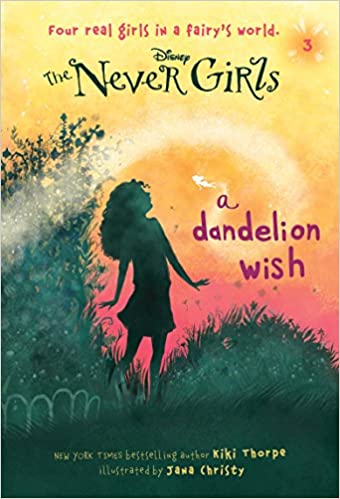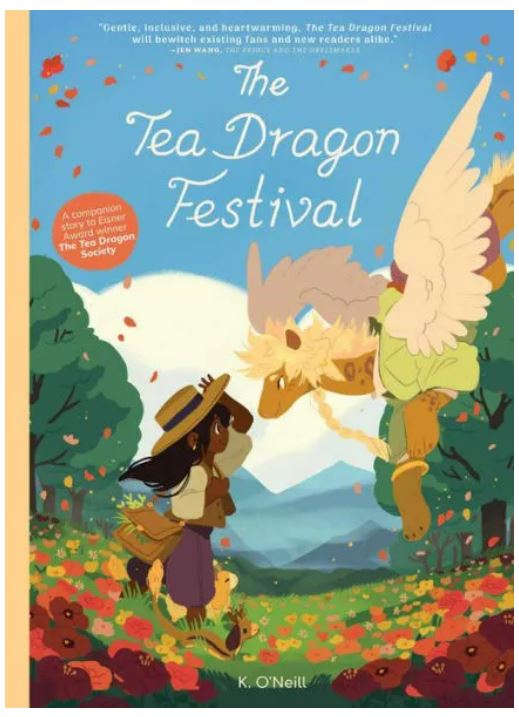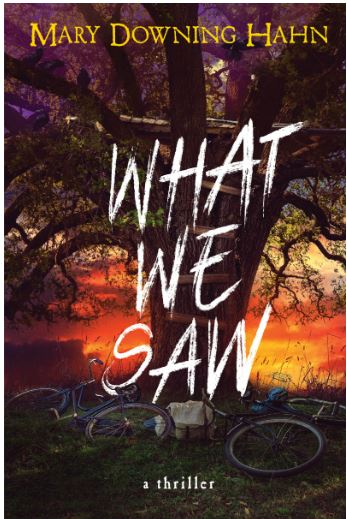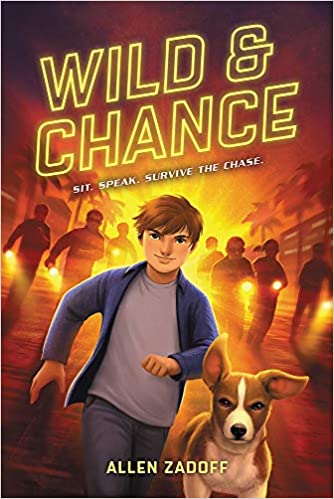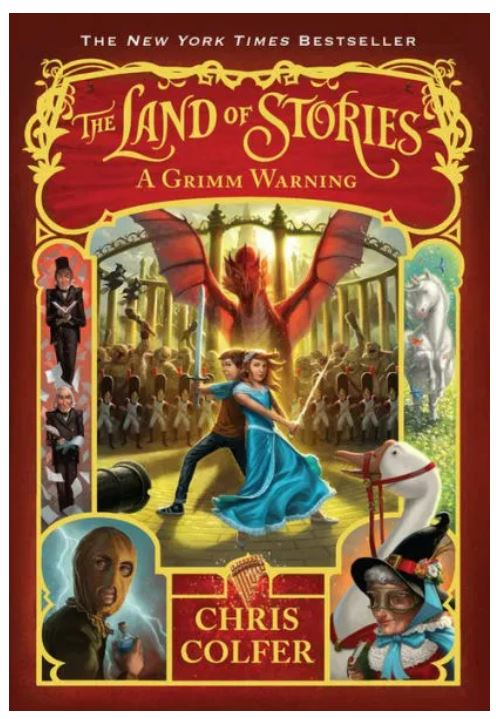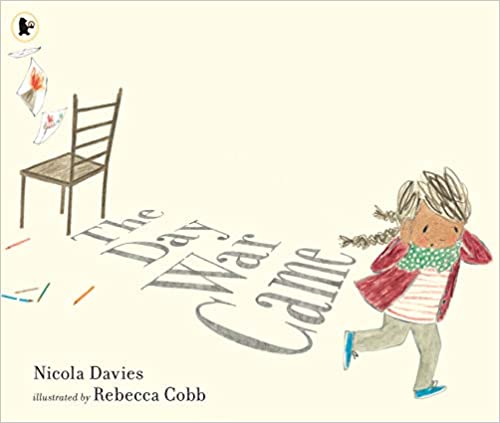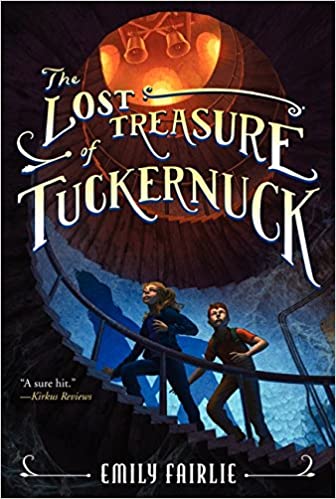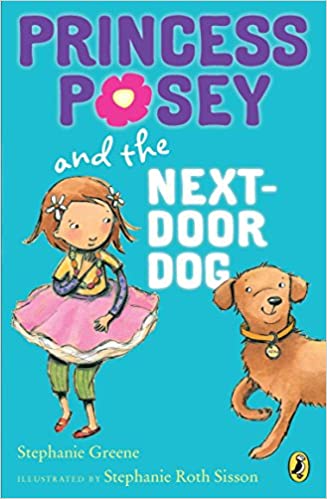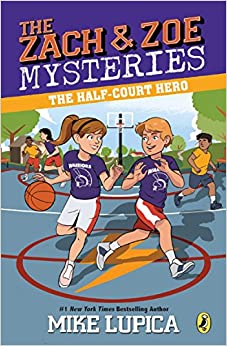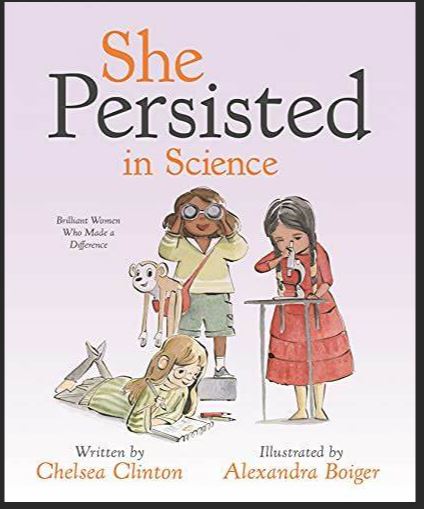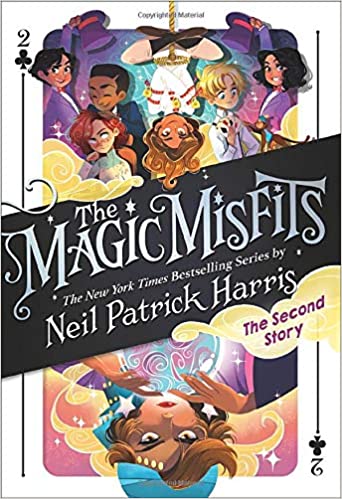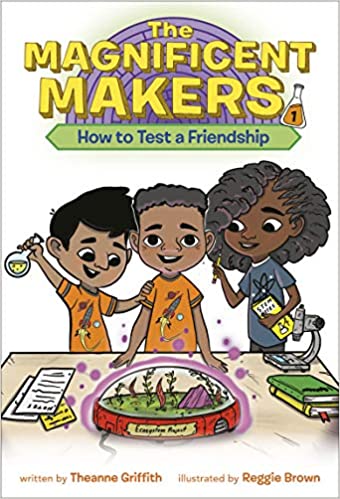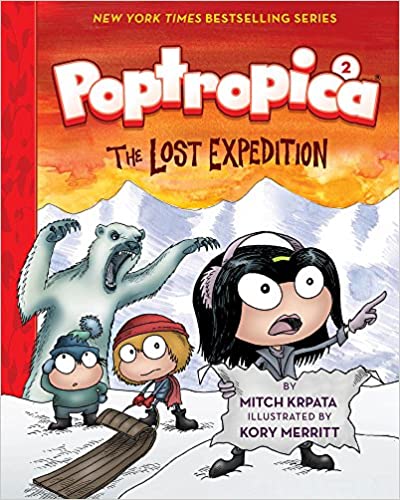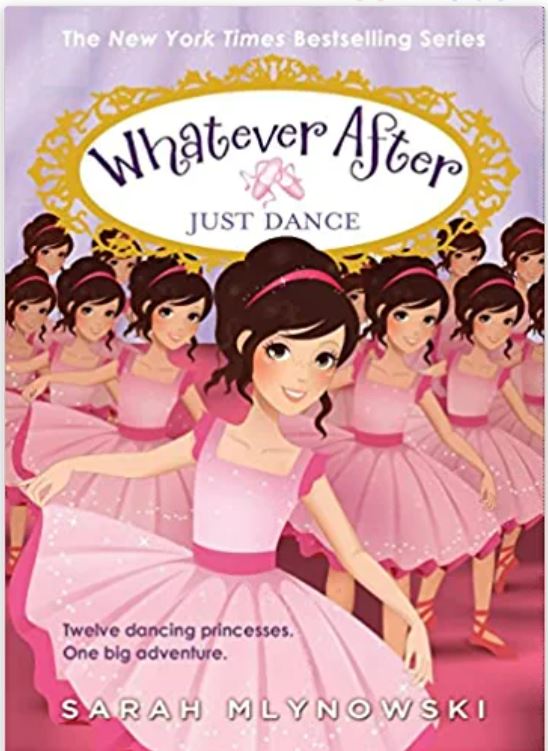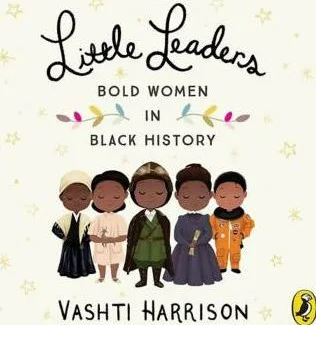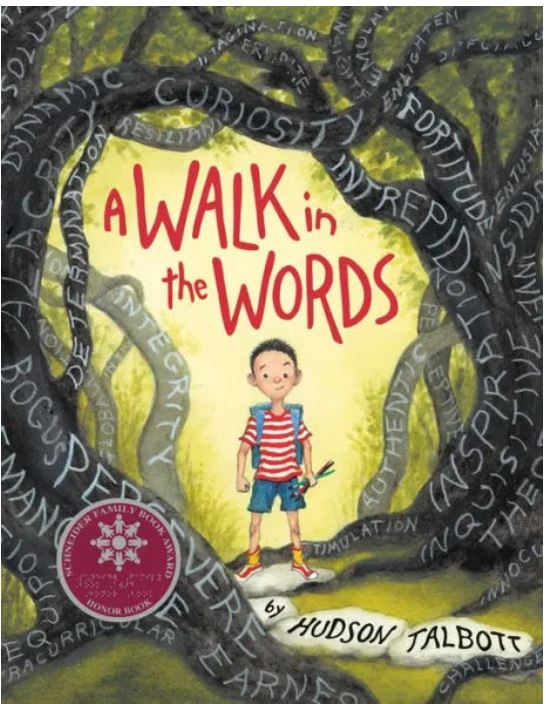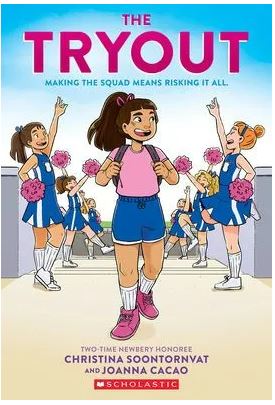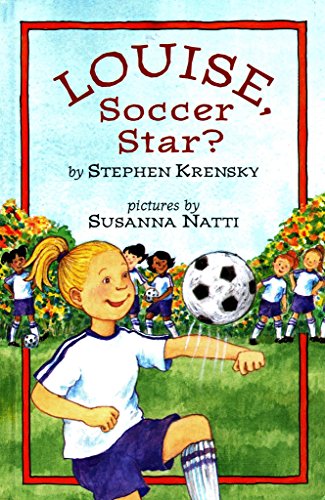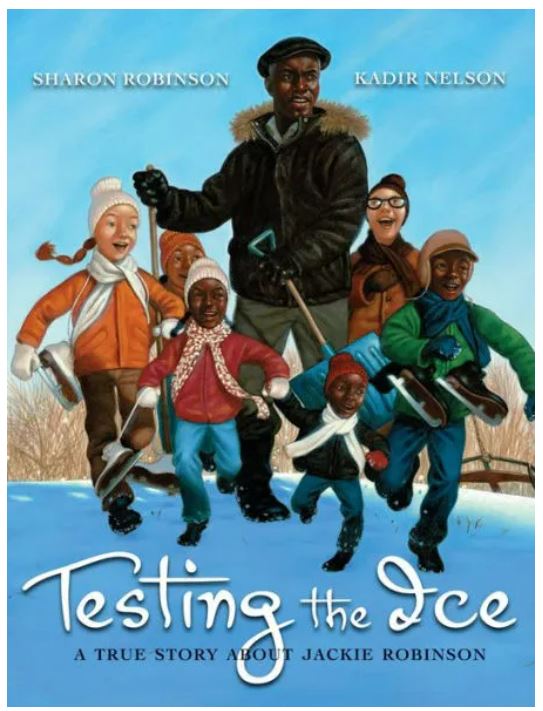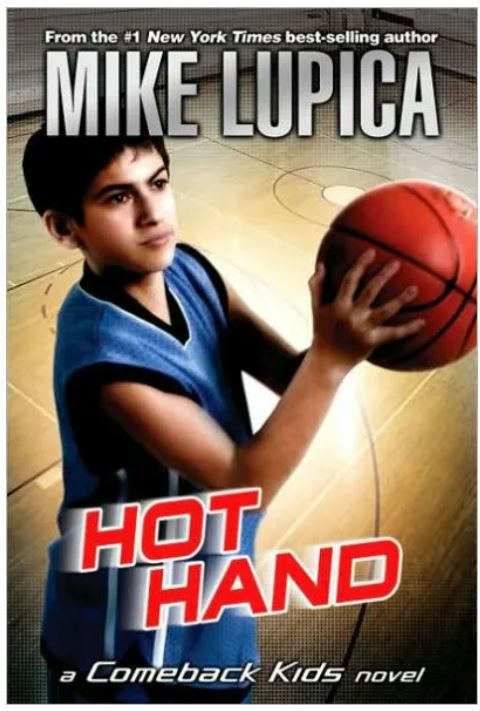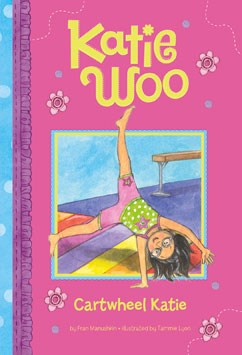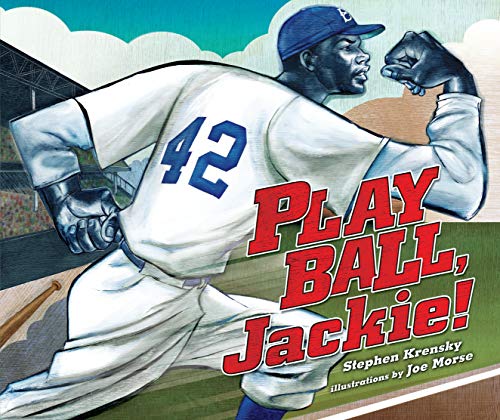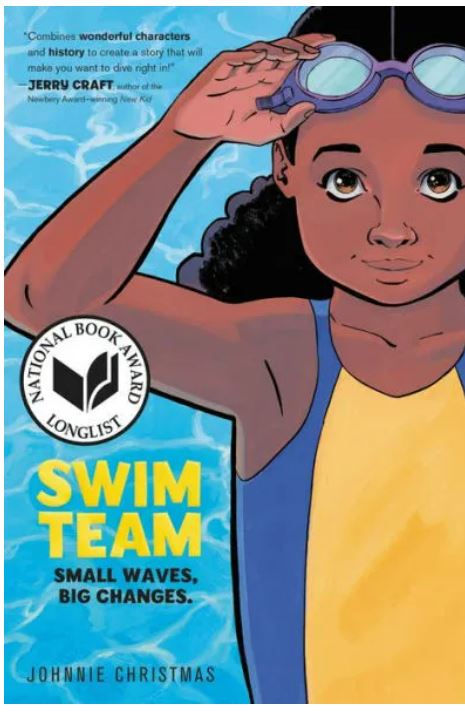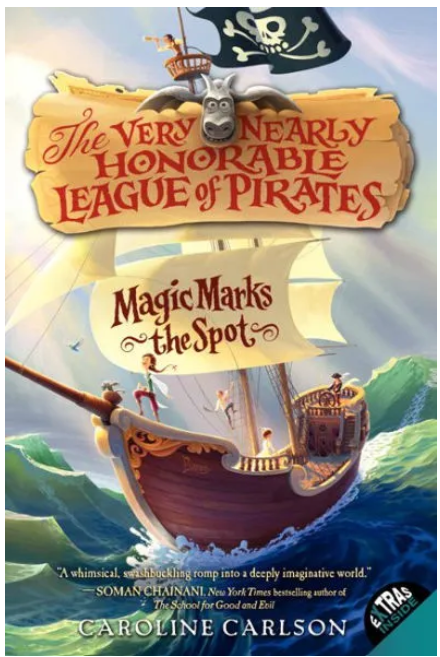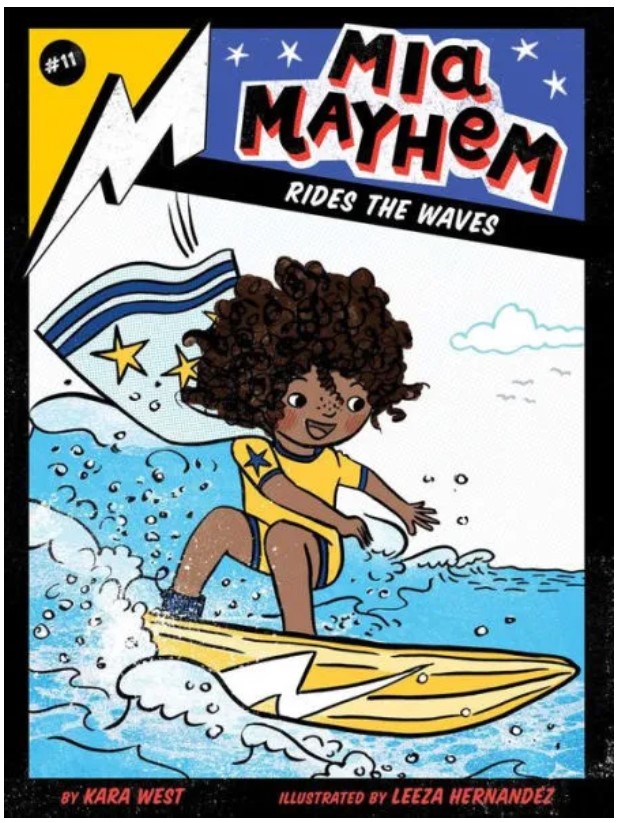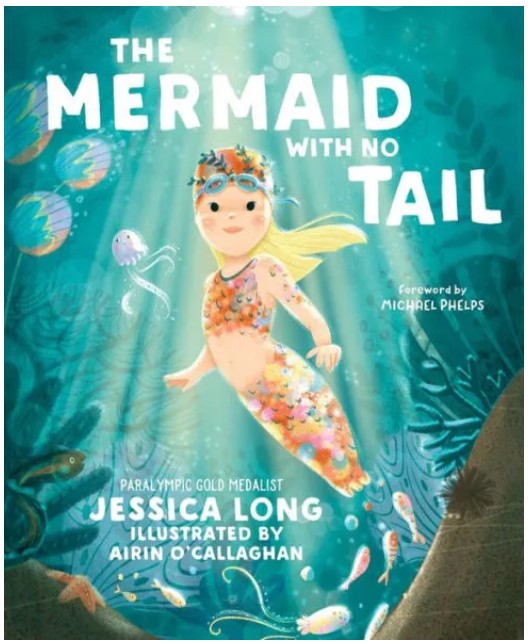Kate, Mia, Lainey, and Gabby are special girls. They know how to travel between their hometown and Never Land—through a broken slat in a backyard fence. But what happens when the fence is repaired . . . with one of the girls stuck on the Never Land side?
Mia sneaks out to Never Land and brings a fairy home. When Gabby finds out, the two girls get into a fight and Gabby decides to go to Never Land alone. When Mia’s father fixes the fence, she calls on her friends—and the fairy—to help. Determined to keep Gabby’s disappearance from her parents, Mia and her friends sneak around, sabotage a lawn mower, and eventually find a new way into Never Land.
While Mia is trying to find a way to rescue her sister, Gabby is having an adventure with the fairy Iridessa. Many readers will relate to Iridessa, who gets flustered when things don’t go according to plan. When Iridessa is put in charge of watching Gabby, the fairy is surprised at how the girl keeps disappearing. Iridessa is upset that her plans have been interrupted because “planning was how you went about making sure things turned out as you wanted.” However, because of Gabby’s inquisitive nature, Iridessa isn’t able to follow her plan. Eventually, Iridessa realizes, “If it weren’t for Gabby, she never would have seen the dancing fireflies or the trail of wishes. Those things hadn’t been part of her plan, but Iridessa wouldn’t have wanted to miss them for the world.”
The chapter book has ten short chapters. While the short chapters and illustrations make the story accessible to readers, younger readers may need help with the vocabulary. Cute black and white illustrations appear every one to four pages, which helps bring the fairy magic to life. The illustrations will help readers visualize the story’s plot.
Young readers will enjoy A Dandelion Wish because of its fun cast of characters that include both clumsys and fairies. Gabby’s adventure into Never Land is full of wonder and her sister’s search for a way into Never Land adds suspense. In the end, Gabby and Mia get over their argument and learn to appreciate each other. However, parents may not like all of Mia’s sneaking around and her desire to keep her parents unaware of Gabby’s disappearance. Despite this, A Dandelion Wish’s high-interest topic, relatable conflict, and friendship among the girls will keep young readers entertained until the end. Readers who would enjoy another entertaining series focused on friendship should check out Purrmaids by Sudipta Bardhan-Quallen.
Sexual Content
- None
Violence
- None
Drugs and Alcohol
- None
Language
- Lainey and her friends think an elderly neighbor is a witch.
Supernatural
- Never Land is “an island that has a mind of its own.”
- There is a hole in a fence that can be used to travel to Never Land. “No one knew how the passage between the two worlds had come to be—not even the fairies. . .”
- The fairy Rosetta is a garden fairy who “can make any flower bloom [and] hear the secrets inside a seed.”
Spiritual Content
- None
